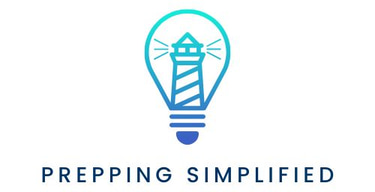THE BASICS OF PREPPING:
Prepping is about being ready for emergencies, from natural disasters to power outages. This guide covers the essentials, making it easy to protect yourself, your family, and your home.
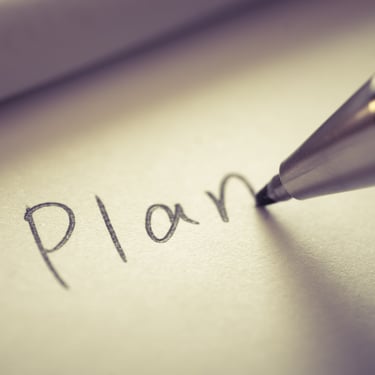
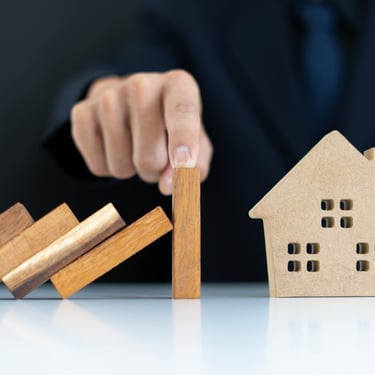
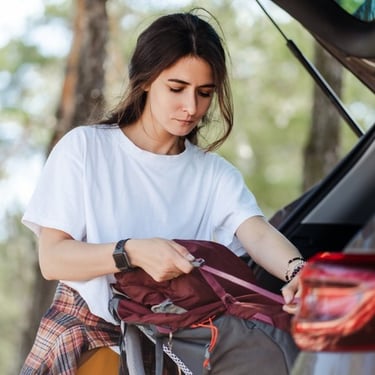
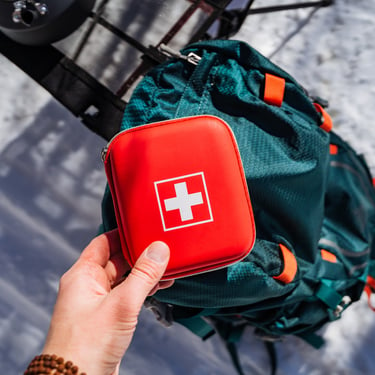
1. Understand Why Prepping Is Important
Emergencies and disasters can happen at any time, and they often come without warning. By preparing now, you’re taking control of your future and ensuring you can handle whatever life throws at you.
Why prepare?
Natural disasters, like hurricanes, floods, tornadoes, or earthquakes, can disrupt food and water supplies.
Power outages can leave you without electricity for extended periods.
Economic uncertainty or political instability can affect access to basic resources.
Having a plan and supplies in place can make all the difference when disaster strikes. Prepping isn’t about fear; it's about peace of mind knowing that you're ready for the unexpected.
2. Assess Your Risks and Needs
Every person’s prepping journey will look different because your risks depend on where you live, your lifestyle, and the resources you have. Start by assessing what types of emergencies are most likely to affect you. Consider these factors:
Location: Are you in an area prone to natural disasters like hurricanes, wildfires, or floods?
Climate: Will weather conditions impact your emergency plans?
Family Needs: Do you have small children, elderly family members, or pets to consider?
Home Environment: Do you live in an urban or rural area? Each setting may require different strategies.
Take time to assess your unique situation. Knowing your risks will help you focus your energy and resources on what’s most relevant for your prepping plan.
3. Set Realistic Goals
Now that you’ve assessed your risks, it’s time to set goals. Prepping doesn’t happen overnight, and that’s okay! Setting realistic, achievable goals is the key to success. Here’s how to do it:
Start small: Your first goal might simply be to assemble a basic emergency kit or create a family emergency plan.
Prioritize: What’s most important? Is it having enough food and water to survive for a few days, or is it knowing how to communicate with your loved ones during a disaster?
Break it down: Set short-term goals (e.g., buy a fire extinguisher) and long-term goals (e.g., create a three-month food storage plan).
Remember, prepping is a journey, not a race. Even small steps will help you build your preparedness over time.
4. Build Your Emergency Kit
One of the first and most important things to do is create an emergency kit. Having a well-stocked emergency kit ensures you’ll have the supplies you need in case you need to leave your home quickly or survive for several days without access to normal resources.
Here’s a basic checklist for your emergency kit:
Water: At least one gallon per person per day for at least three days.
Food: Non-perishable items like canned goods, energy bars, and freeze-dried meals.
First Aid: Bandages, antiseptic wipes, pain relievers, any prescription medications.
Tools & Gear: Flashlight, multi-tool, duct tape, extra batteries, a whistle, and a fire starter.
Communication: A battery-powered or hand-crank radio to receive emergency broadcasts.
Personal Items: Extra clothes, hygiene supplies, important documents, and cash.
For a full list of the best products and essentials to include in your emergency kit, check out our Emergency Kit Essentials Guide
5. Create an Emergency Plan
Having the right supplies is only part of the equation. You also need to have a plan. Creating an emergency plan ensures everyone in your household knows what to do during a crisis. Here’s how to develop one:
Establish Communication: Make sure your family members know how to reach each other if you get separated. Have a list of emergency contacts and ensure everyone knows the plan.
Choose a Meeting Place: Select a local meeting point in case you can’t return home.
Create an Evacuation Route: Know the quickest routes out of your home and neighborhood. Plan for multiple routes in case one is blocked.
Know the Risks: Tailor your emergency plan based on the types of disasters you’re most likely to face (e.g., hurricane evacuation, wildfire preparedness).
Make sure everyone in your family understands the plan, and practice it regularly. The more prepared you are, the more confident you’ll feel when disaster strikes.
6. Stay Informed and Continue Learning
Prepping isn’t a one-time effort. As you get started, stay informed about the risks in your area, new preparedness strategies, and the latest gear. Follow our blog and Facebook page to learn more and keep up with evolving best practices.
Stay connected to resources such as:
Local News: Be aware of weather events, emergency alerts, or government warnings.
Prepper Communities: Join forums or local groups to exchange advice and support.
Books: Read up on survival skills, first aid, and self-sufficiency.
Looking to expand your knowledge? Check out our Top Prepping Books on Amazon for must-read guides that cover everything from survival skills to long-term preparedness.
7. Keep Improving Your Preparedness
Prepping is an ongoing process. Each time you complete a goal, check your progress, and set new ones. As you gain more experience, you’ll become more confident in your ability to handle unexpected situations.
Things to consider as you improve:
Expanding your food and water storage
Adding more advanced tools to your emergency kit
Developing long-term survival strategies, such as growing your own food or off-grid living.
Ready to get started?
Begin with small steps, and gradually work toward building your emergency kit and plan. The more prepared you are now, the safer and more confident you’ll feel when an emergency happens.
Disclaimer:
This site contains affiliate links to Amazon. As an Amazon Associate, I may earn a commission from qualifying purchases. Your support helps keep the site running, with no extra charge to you.
The information provided on this website is for general informational purposes only. While we strive to ensure accuracy and reliability, the content is not intended as professional advice. Always consult with qualified professionals for specific needs or situations.
